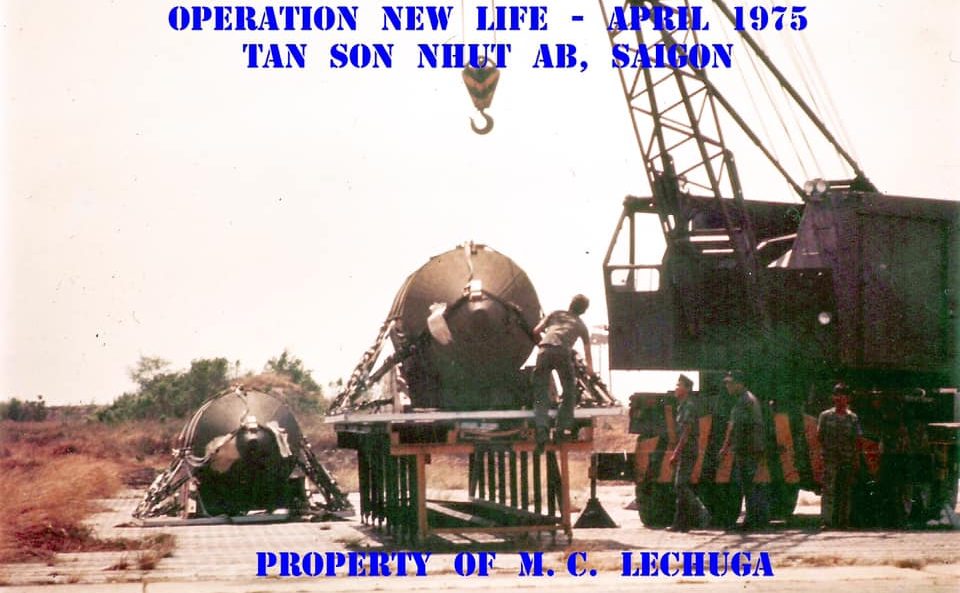


17 February 1944: American Operation “Hailstone” – The Attack on Truk:
Vice Admiral (later Admiral) Marc A. Mitscher’s (USNA ’10) Task Force 58’s five fleet carriers and four light carriers, supported by six battleships, ten cruisers and 28 destroyers, launch air attacks on airfields, shore installations and ships in the lagoon. Mitscher launches 30 strikes of at least 150 aircraft each. The strikes are launched about every hour for two days. Still under repairs, KENSHO MARU is hit by torpedoes and bombs and sinks at 07-23N, 151-51E taking down six of her crew.17-18 February 1944:
Task Force 58 sinks 31 transports and 10 naval vessels (two cruisers, four destroyers and four auxiliary vessels), destroys nearly 200 aircraft and damages severely about 100 more. Truk is eliminated as a major fleet anchorage for the IJN.
The 315th Bomb Wing was unique as its groups flew the B-29B Superfortress, the only true variant of the B-29 ever manufactured. These aircraft were actually stripped-down versions of the normal B-29, bereft of the General Electric gun system and a variety of other components, in order to save weight and increase bomb-carrying capacity. The resultant unladen weight of 69,000 pounds was a vast improvement, lessening the strain on engines and airframe and enabling the payload to be increased from 12,000 to 18,000 pound ordnance. In addition, the 502nd and all of the other 315th groups were equipped with the new AN/APQ-7 “Eagle” radar sets, which gave a much clearer presentation of ground images through a wing-shaped radar vane slung beneath the fuselage. It also gave a biplane effect in appearance. The “Eagle” was the product of the Massachusetts Institute of Technology‘s Eagle radar development group. It had been designed especially for night missions.
During World War II this special antenna and equipment for precision night radar missions was so secret that no B-29s were ever shown with it, and there are no actual official photographs in existence. The only armament on these aircraft was in the tail, where two .50 caliber machine guns were installed. Missions had to be planned and prepared so that briefing material could be slanted from the radar point of view.
Its groups flew “shakedown” missions against Japanese targets on Moen Island, Truk, and other points in the Carolines and Marianas. Bombing missions commenced against targets in the Japanese homeland on 26 June 1945 when the wing damaged the Utsube River oil refinery at Yokkaichi. Thereafter, oil targets in Japan served as the wings primary targets during the summer of 1945. (https://en.wikipedia.org/wiki/Northwest_Field_(Guam))
